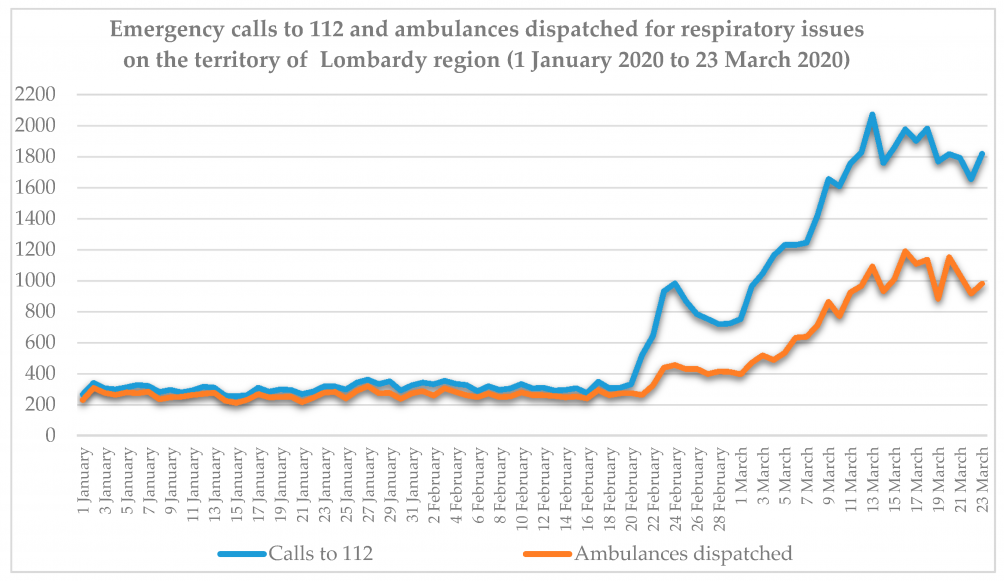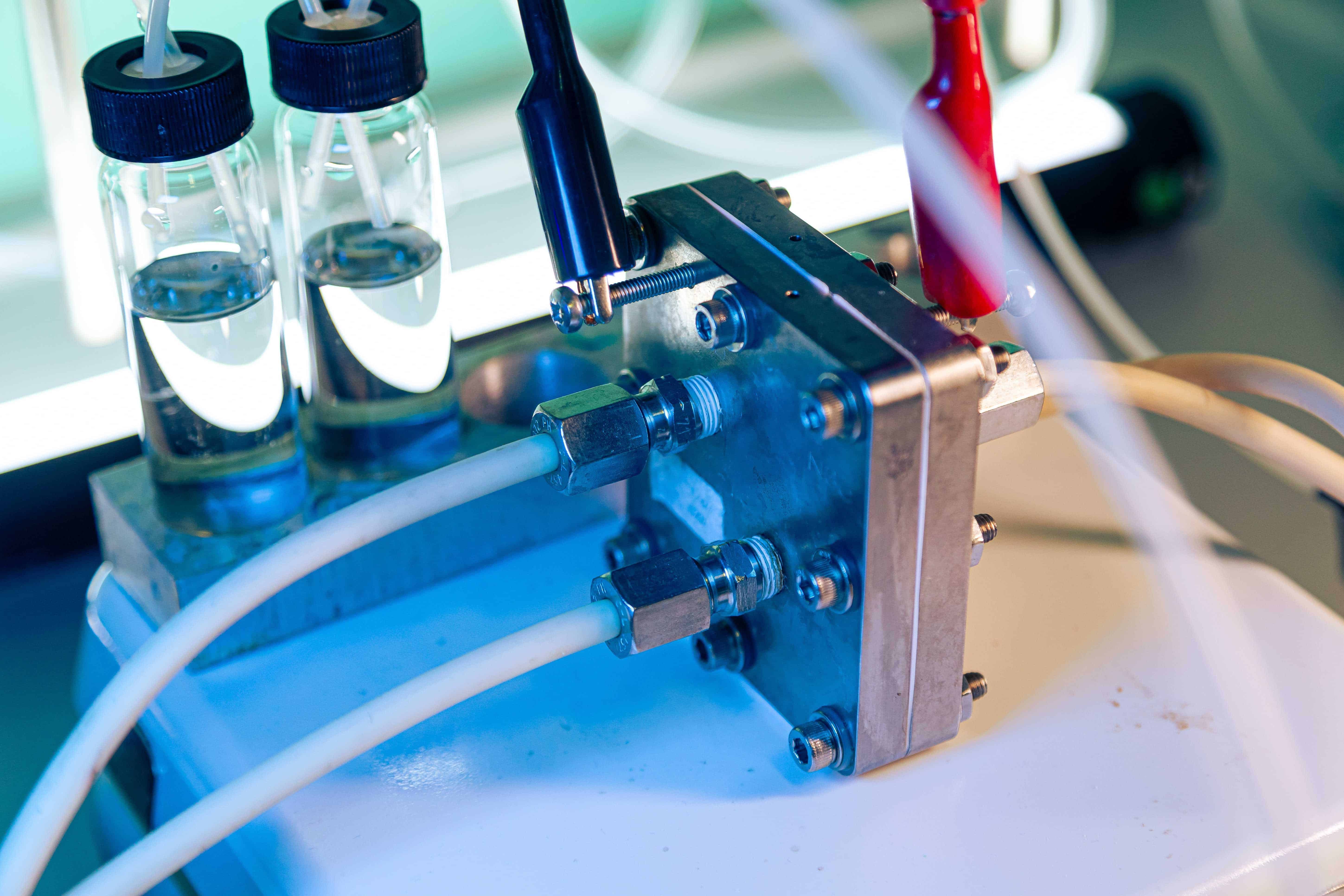
Officially, the coronavirus made its appearance in Lombardy in Italy on February 21 of this year. On that day, the Italian authorities announced that 14 people in Lombardy (and two in Veneto) had been infected with the contagion. One man died of the virus the same day. After that, there was no stopping it. The northern region of Italy, whose capital is Milan, is probably the region in the world that has been most affected by COVID-19. The number of victims that have succumbed to the coronavirus so far is around 17,000.
Infections began days earlier
Researchers at the Polytechnic University of Milan have developed an innovative and data-driven method that shows that the first infections had occurred days earlier without the public health service’s knowledge. The results can be read in the International Journal of Geo-Information.

In order to do this, the researchers used data from the regional emergency service. This accepts incoming calls (emergency number 112) and sends ambulances out on the road. The study focused on those emergency calls that involved respiratory problems. Between January 1 and March 23, the Lombardy emergency service received more than 205,000 calls. Almost 18% of these calls had to do with breathing problems.
The study focused on those emergency calls that involved respiratory problems.
The calls were also classified according to location. Lombardy, where 10 million people live, was divided into clusters of around 100,000 inhabitants. The age of the patient was also included in the study by identifying age groups ranging from 0-40 years to 90+ and everything in between.
The aim was to measure the spatiotemporal evolution (changes in time and space). In other words. to identify which places in Lombardy had previously been affected by the virus and how the virus had spread over time.
Cluster around Codogno
Ambulances for elderly patients with respiratory problems increased significantly from the second week of February onwards. Although the very first Italian patient was admitted to the hospital in the municipality of Codogno on February 21, the data from this study shows that the start of the spread of the pandemic was actually five days earlier in Codogno (and the rest of the cluster around this town).
In the cluster where Nembro and Alzano Lombardo (bordering Bergamo) are located, the onset can be seen on February 14. It is precisely there that COVID-19 would wreak even more havoc. In Nembro, 1.6% of the population died from the disease.
Predictive analysis
The method developed by the Polytechnic University of Milan demonstrates the potential for indirect data analysis compared to official data that is delayed, including the number of infections and completed corona tests.
This method can also serve as a good basis for predictive analysis whenever data is available and can be analyzed in real-time.








